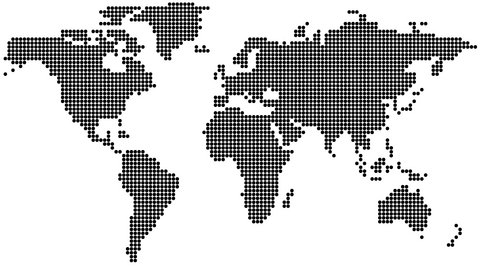Hexcel exhibits latest solutions at Aero India 2017
Fibres/Yarns/Fabrics
PCI Fibres publishes review on Indian textiles industry
The message from India is for more inward investment so that the country can realise its textiles potential, PCI Fibres review shows.

27th February 2015
Innovation in Textiles
|
UK
PCI Fibres, a specialist consultancy in fibres and textiles markets, has produced the latest Textile Pipeline that offers a highly focused review in the form of text, charts and tables of the Indian textiles economy, which has been experiencing relatively disappointing growth among its local consumers until 2014.
Following a bounce-back in per capita fibre demand of nearly 10% in 2009, growth then slowed year by year down to just 2% in 2013, coming back strongly in 2014 by nearly 8%, the company reports.
The prospects for 2015 and the mid-term, however, are for more modest growth, at no more than 4% per annum at best. The position in the export trade is more promising, especially in cotton merchandise. The Indian rupee has been depreciating quite considerably versus the Chinese yuan (RMB) since 2011. And even against a typical competitor such as Indonesia, India had a distinct advantage through 2011-14, although the latest position shows some return to the relativities of 2010.
Realising textile potentials
The message from India is for more inward investment so that the country can realise its textiles potential. But measures for ease of doing business show that India has much to do. According to such measures, India is outscored by a number of its competitors including China, Indonesia, Malaysia and Vietnam.
Even so, through 2005-18 textile activity in India, across all fibre types, is reckoned to be growing at 5.5% per annum, in manmade fibres at nearly 7%. Some 65% of this activity is estimated to be directed towards apparel, with 28% for home textiles and floor coverings.
Cotton has 55% of the market and features strongly in the export of household goods. Polyester in its various forms is about 38% of textile mill consumption; noting that 2014 saw an estimated 4.4 million tons of polyester filament and staple produced in India, of which 19% was exported. India is not short of polyester supply, but needs more local demand. It needs a more development-minded polyester industry, the review shows.
Technical textiles
While apparel is by far the largest domestic market for polyester in India, much has been made of the development of technical textiles. According to PCI Fibres, technical textiles in India currently amount to some 7% of mill consumption.
This figure, according to established usage in the fibres industry worldwide, is defined by the type of fibre employed, particularly in high tenacity nylon, polyester and polypropylene, with the occasional use of what might best be described as exotic fibres such as the aramids.
“It is simply not helpful to define technical textiles in the widest possible way by final application. It does not help the development of new polyester fibres if such loose terms as Sportech and Meditech are employed to describe what can be standard fibres in standard fabric constructions,” says the company. “It is of far more help to state things as they are; in a small and focused way, which is the aim of the new Textile Pipeline review.”

Business intelligence for the fibre, textiles and apparel industries: technologies, innovations, markets, investments, trade policy, sourcing, strategy...
Find out more












